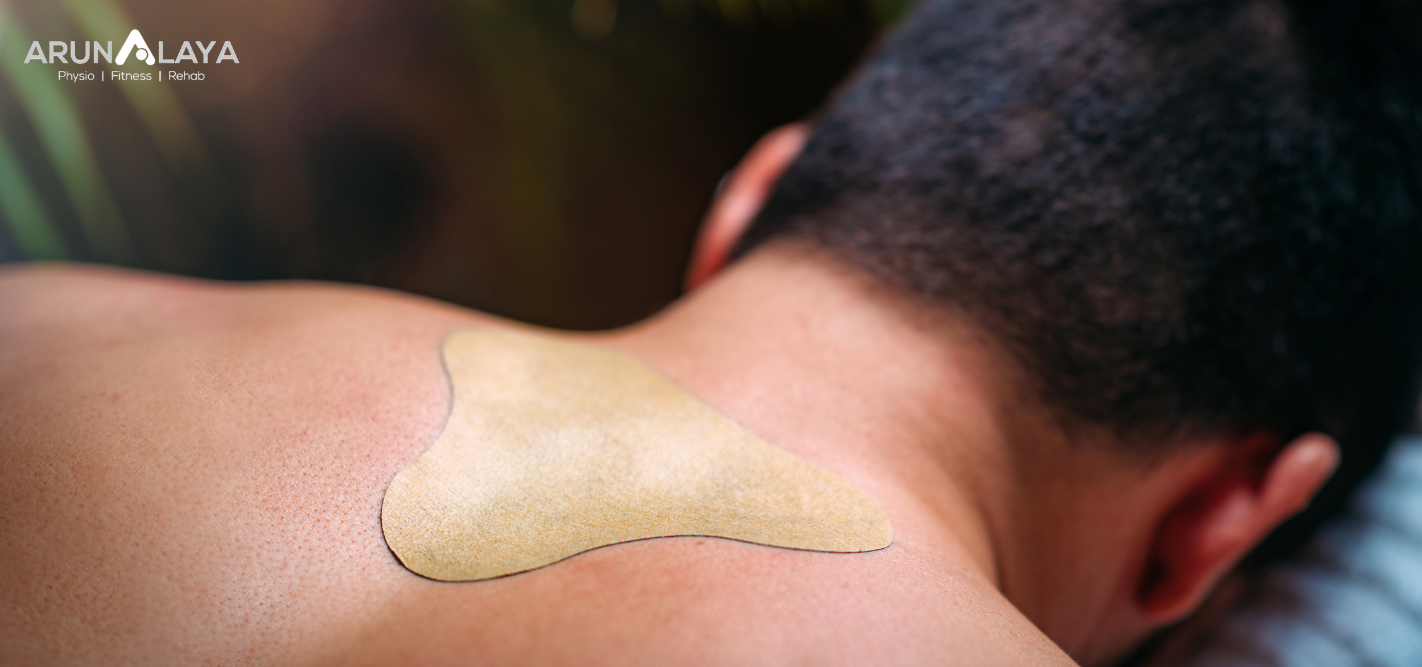Physiotherapy importance before and after surgery
Introduction
The goal of physiotherapy is to restore , maintain and improve the mobility , function of patients .A physical therapist helps in injury prevention and physical rehabilitation. Physical therapist encourage their patients to take an active role in rehabilitation.
Why is physiotherapy important before surgery ?
Having strong and toned muscles before surgery helps you get back to your routine much quicker. Some low intensity exercises improve blood circulation and help in recovery . So, Physiotherapy before surgery decreases recovery time .
Physical therapist can help you increase your strength and endurance , so that general immunity will boost that decrease your risk of developing complications after surgery.
Physical therapist before surgery can help you relieve pain . There is a range of techniques such as exercise , manual therapy , advanced modalities, cold and heat treatments may be used .
With the help of advanced techniques in ARUNALAYA, there is a chance you may be able to avoid surgery completely. Physical therapy before surgery helps you gain strength , relax muscles , increase mobility and correct your posture.
Physical therapy before surgery can help to improve patient’s balance , lowering the risk of a future fall.
Why is physiotherapy important after surgery ?
Physiotherapy after surgery is important for reducing pain and helping individuals safely return to routine activities.
Physiotherapists do a thorough post-surgery evaluation and develop a specific treatment plan to prevent surgery-related side effects and restore normal flexibility and mobility.
Benefits of physiotherapy after surgery
- Reduces pain and swelling:
With the help of manual therapy or electrical stimulation , blood flow is improved. Electrical stimulation therapy works by passing an electrical current to the surgical site where nerve conduction has been altered. The increased blood flow and muscle contractions result in reduced pain and inflammation in patients.
- Improve mobility, strength and balance :
In post surgery rehabilitation, physical therapy such as strengthening exercises , stretching exercises , myofascial release, movement etc help patients regain mobility and strength. In addition to strengthening the affected area, physical therapy improves overall balance and stability by strengthening the core, back, and pelvis muscles.
- Reduce scar tissue formation :
The physical therapist use manual therapy , ultrasound therapy and various types of tissue mobilisation techniques to soften the scar tissue , improve flexibility and promote healing . Physical therapist will focus on the internal scarring of the muscles , ligaments and tendons to improve overall mobility.
- Improves flexibility:
Physical therapist such as stretching exercises, range of motion exercises and manual therapy helps improve flexibility and improves the range of motion.
- Reduces the risk of complications:
Patients who stay at bed after surgery are more prone to risk of complications like bed sores , reduce muscle strength , reduce lung and heart capacity . Physical therapist helps in rebuilding strength , increase circulation and decrease the risk of secondary issues by regular exercises , range of motion exercises .
“At Arunalaya Healthcare, we pride ourselves on being the best physiotherapy center in Delhi. Our dedicated team of experts offers top-notch physiotherapy treatment tailored to your needs. Experience the difference with the leading physiotherapy clinic in Delhi area. Our commitment to excellence ensures that you receive the best physiotherapy care possible. Trust Arunalaya Healthcare for the best physiotherapy treatment in Delhi. Our advanced physiotherapy solutions set us apart as the premier choice for your rehabilitation needs. When it comes to physiotherapy, our center stands out as the best in Delhi. Choose Arunalaya Healthcare for comprehensive physiotherapy solutions that deliver results. Visit Arunalaya Healthcare today and discover why we are the best physiotherapy center in Delhi.”
Physiotherapist in Patel Nagar | Physiotherapist for Home Visit in Patel Nagar | Physiotherapy in Patel Nagar | Best Physiotherapist in Patel Nagar | Physiotherapist Near Me | Physiotherapy Near Me | Best Physiotherapist in Delhi | Best Physiotherapist in India | Physiotherapy Center in Patel Nagar | Spine Clinic Near Me | Back Pain Physiotherapy Near Me | Sports Physiotherapist in Delhi | Stroke Physiotherapy | Paralysis | Cerebral Palsy | Best Sports Injury Physiotherapist in Delhi | Best Sports Injury Physiotherapy in Delhi | Physiotherapy Home Service | Physiotherapy at Home | Home Visit Physiotherapy | Advanced Physiotherapy in Delhi | Physiotherapy Clinic Near Me | Chest Physiotherapy Near Me












